|
Fabulous Pomegranate flowers Mulberry one of my favorites. Remember harvesting so many when I was a child in Formentera. I would be covered in the juice. Below is a Japanese variety that has been fruiting for the last month or so!
0 Comments
Just before the formal lockdown was implemented, a very small healing group of us spent the afternoon with Quince. Cydonia oblonga- Quince, Marmelo Rosacea Family Therapeutic Health Benefits FLOWERS: The flowers cool any hot agitation both physically and emotionally. Great in insomnia and when feeling tense and stressed. Integrates harmoniously our Heart Guidance and Solar plexus Will. Balance of Compassion and Strength. If we are too dominant or resist being assertive, the flower will help us shift into balance. Connects both our feminine and masculine sides. Eases inner conflict, bringing about a calm balance between Nurture and Power. The essence of this flower helps us to feel complete, especially in times when we can feel lost. When there is a sense of longing for something known or unknown. Quince’s Soul lesson is that true power comes from love and that true love brings immense power. FRUITS: Drying, nutritive, cooling and sedative. Fully ripe fruits are a great tonic to the gut: soothes gas in the stomach, is a liver tonic, tones and restores the system after stomach bugs and when there has been vomiting, diarrhoea and dysentery. Ripe fruits have an harmoniously impact on the gut. Note underripe fruits are very acid forming! Can help in nausea including in pregnancy. Can make a juice from the fruits and this is a great gargle for sore throats and mouth ulcers and disease. Also for deep cleansing after any illness or toxicity. Gives a boost when feeling fatigue, debility and restores after illness. Cooling and drying in any hot inflamed or feverish condition. SEEDS: Good for any irritated mucus membranes. Rich in mucilage works as a laxative and as a soothing demulcent anti-inflammatory especially in digestive complaints such as in ulceration and thrush. Soothes irritation in the urinary tract including in cystitis. Also for dry irritable coughs. Externally for burns. In pregnancy can help prevent stretch marks. Also helps to heal the skin after scaring or damage, including from burns. Both fruits and seeds good for irritable bowel, good for alkalinising, constipation, inflammation and wind. Throat infections and mouth disease. The Quince helps to protect the skin and preserves elasticity. Quince helps to retain water and thus is good for dry and flaky skin. This links to the thick skin of a quince that retains its own moisture for long periods. See pharmacy for extra note on the ‘wax’ of the fruit. LEAVES: The leaves can be used for all the same conditions as the flowers, seeds and fruits. Also: The tea of the leaves can used for painful periods, bronchitis and inflamed vocal chords. Pharmacy: Early March to make essences and infusions with the flowers. Autumn time to work with the fruits and seeds. Throughout most of the year to work with leaves. Young leaves best. Is a decidous tree so no leaves in the Winter! Infusions and decoctions made from the leaves. Making the fruits into a chutney, the large variety can be eaten raw especially when grown in hotter climates, peeled and sliced. Also gently cooked with Rose water very delicious! Can also be stewed and baked. The juice of the ripe Quince fruits excellent way to take the fruit for therapeutic value see above. Dosage: small amounts diluted with water. If sugar is used in fruit preparations the medicine is still nutritive but less therapeutic for the liver. Dry slices of the fruit in dyhadrator. Optional can then later be soaked in water and eaten. Using the natural ‘wax’ which is found on the outside of the fruit, also known as a downy coat in creams and lotions. The residue press after juicing the fruits contains this wax and can be added to products. For internal therapeutics seeds can be soaked over night and liquid drank. Put the seeds in water overnight and the next day the swollen seeds need to be gently squeezed to extract the smooth slimy mucilage around the seed, this can then added to skin preparations. Also can decoct seeds or simply made into an infusion. Can be used as a mouth wash and made into a poultice or added to creams and lotions. Constituents\Compounds: Fruits: Especially high in Vitamin A and Vitamin C, Calcium, Magnesium, Potassium and Phosphorus (esp. needed for teeth and bone health). High amount of Pectin (even higher than apple). A thickening agent for preserving. Tannins giving it the toning and anti-inflammatory qualities. Seeds: mucilage soothing protective quality. All parts of the plants Rich in antioxidants that help to protect and heal cells both externally and internally. Ancient application:
First grew wild in Kashmir. Cultivated for over 4000 years. The Greeks first found the Quince in Cydonia in Crete. Romans called them Honey Apples, they preserved the fruits in honey and made them into wine. Confusions in literature and myth when Apple is mentioned actually it was the Quince, including in the Bilble.. The quince was taken on long expeditions on Portuguese ships in the past to prevent scury as they are very high in vitamin C and store well. The Portuguese name Marmelo comes from the Middle Ages where Portugal was known as having the best Quince and was made into a marmalade. Quince was the original fruit used, orange came later.. The Quince is sacred to Venus and she is often shown holding a quince in her hand. Quince is known as a Symbol of Love, Happiness and fertility since Ancient times. Often presented at wedding ceremonies throughout the ages to promote a happy life together. Quince in Roman times known to protect against the evil eye and often painted on the outside of peoples homes. Although Quince is sacred to Venus. Culpeper writes that Quince is goverened by Saturn. He also noted the herb be good for women with hot sore breasts. As well as the downy coat ‘wax’ for baldness.. Old Portuguese stories have also links with love and romance. It has been said that making Quince delights will make another fall in love with you. Quince has been cultivated for thousands of years but has changed very little. Today you find in the Algarve that many other trees such as the Nêspera are grafted onto the rootstock of a Quince. |
Archives
February 2024
Links- some you have to cut and paste. others just left click
https://www.wild-rose.at/uebermich
_The Herbarium
|




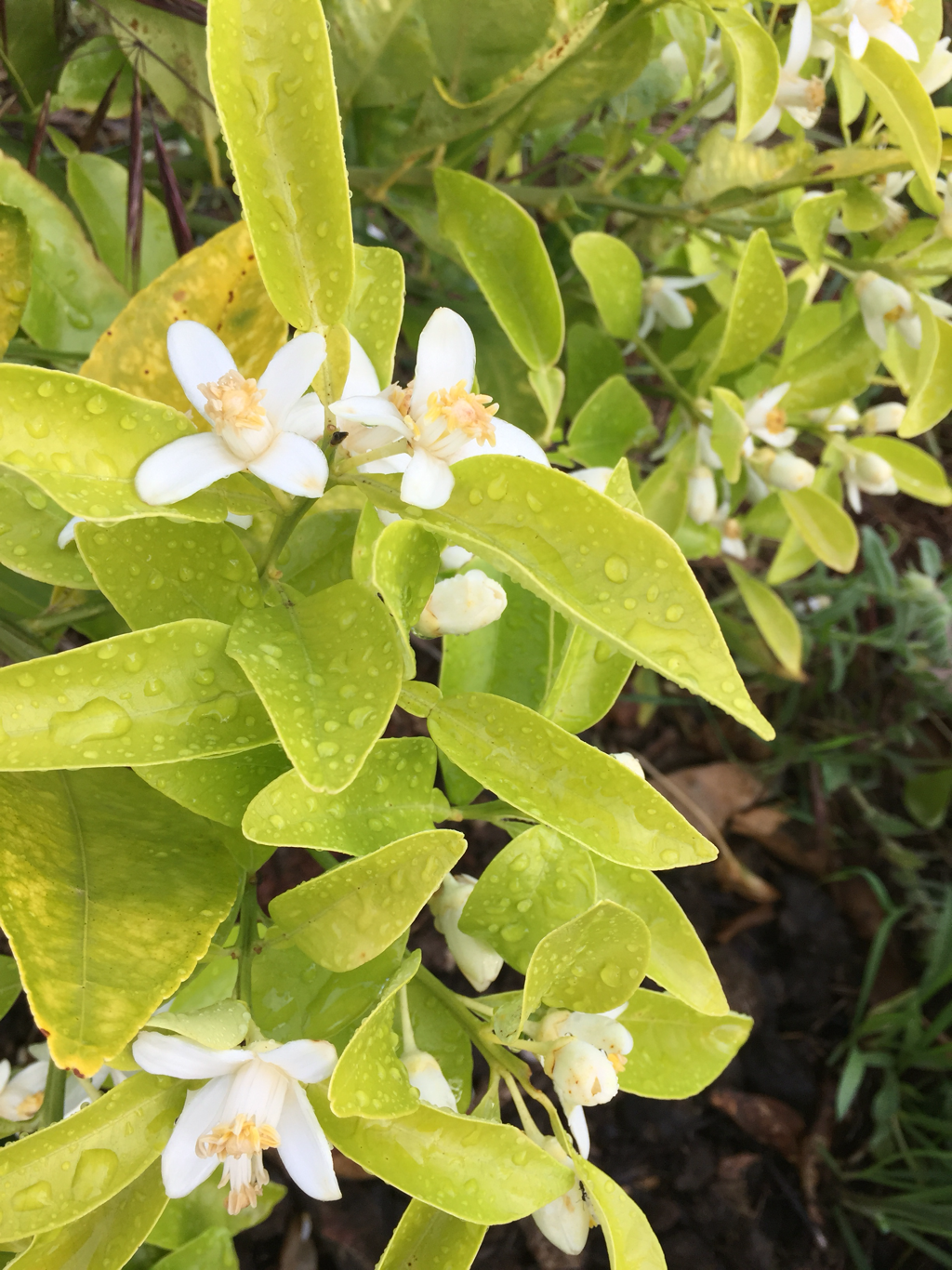




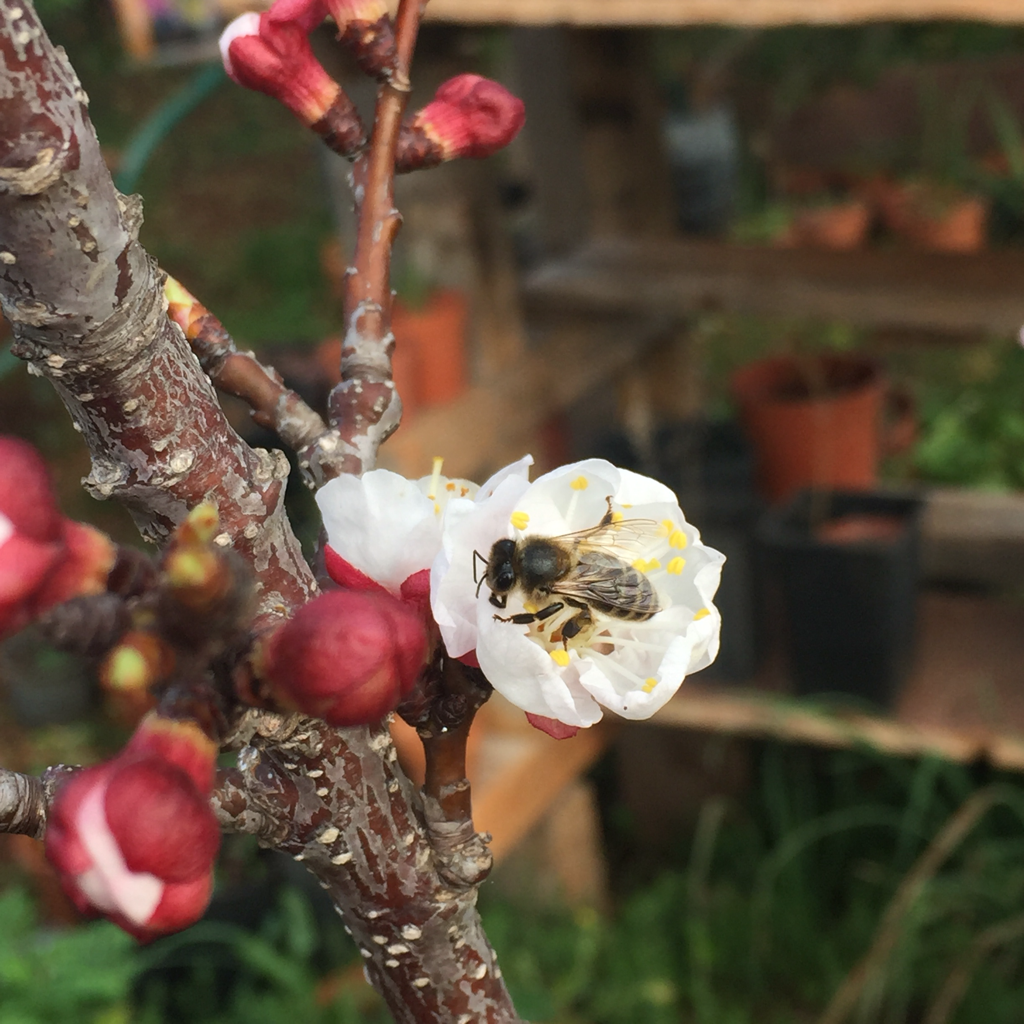


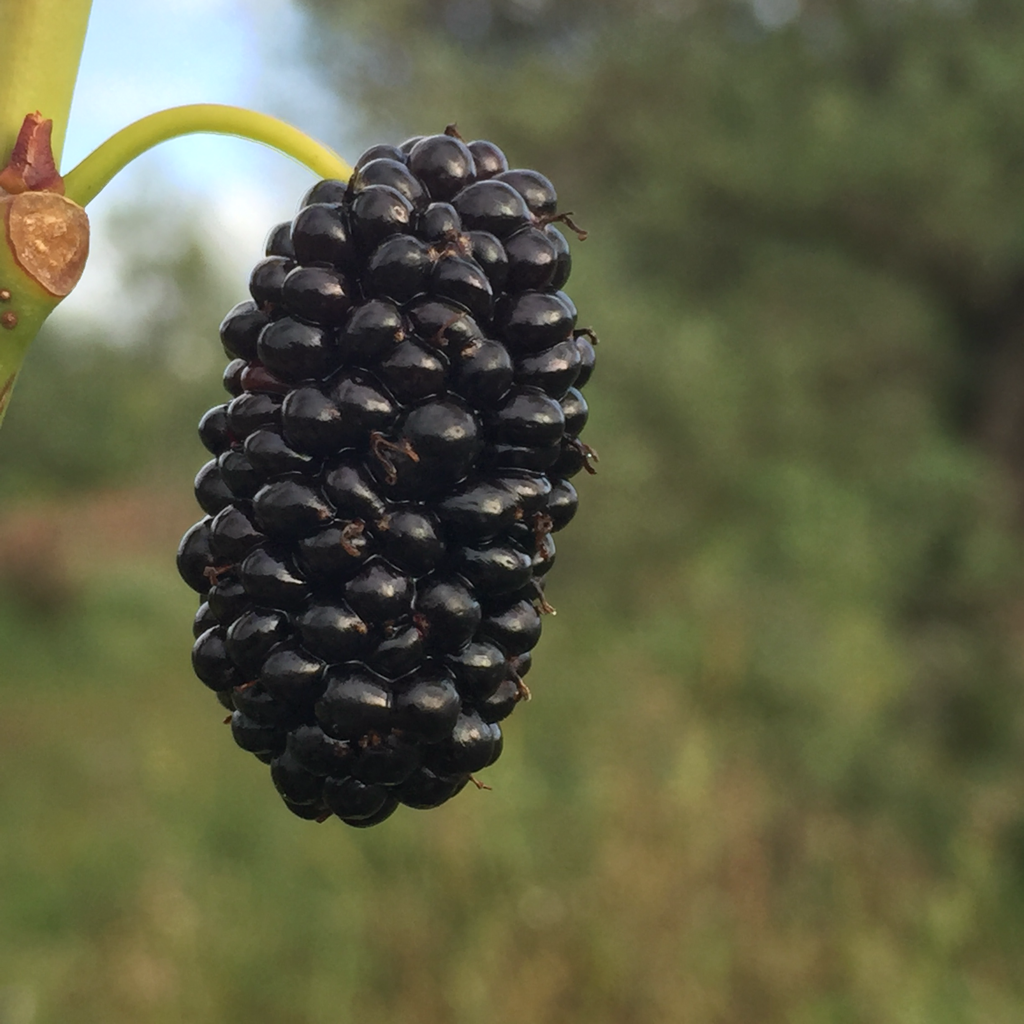




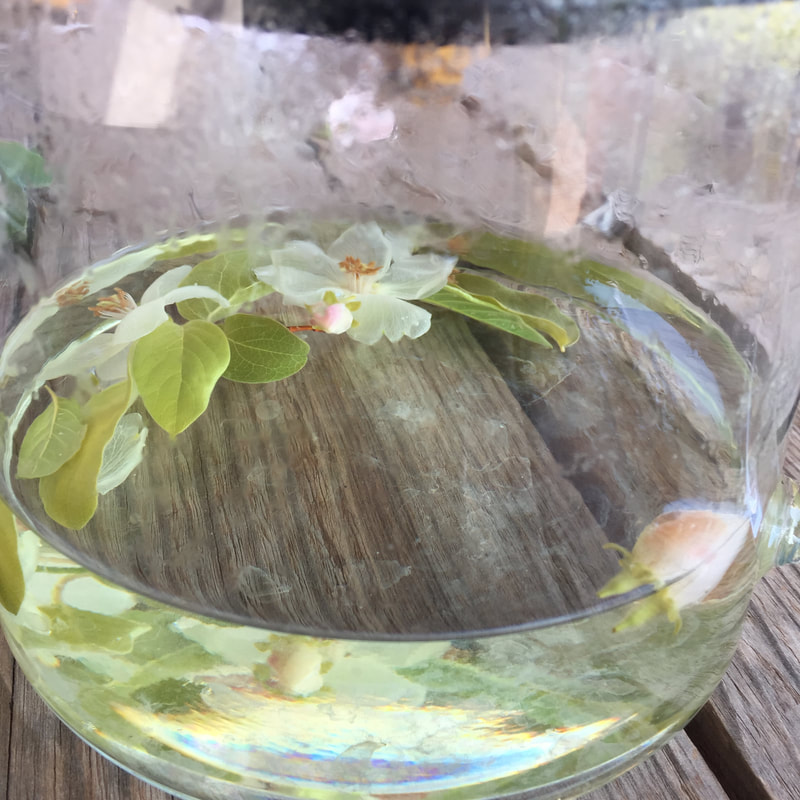


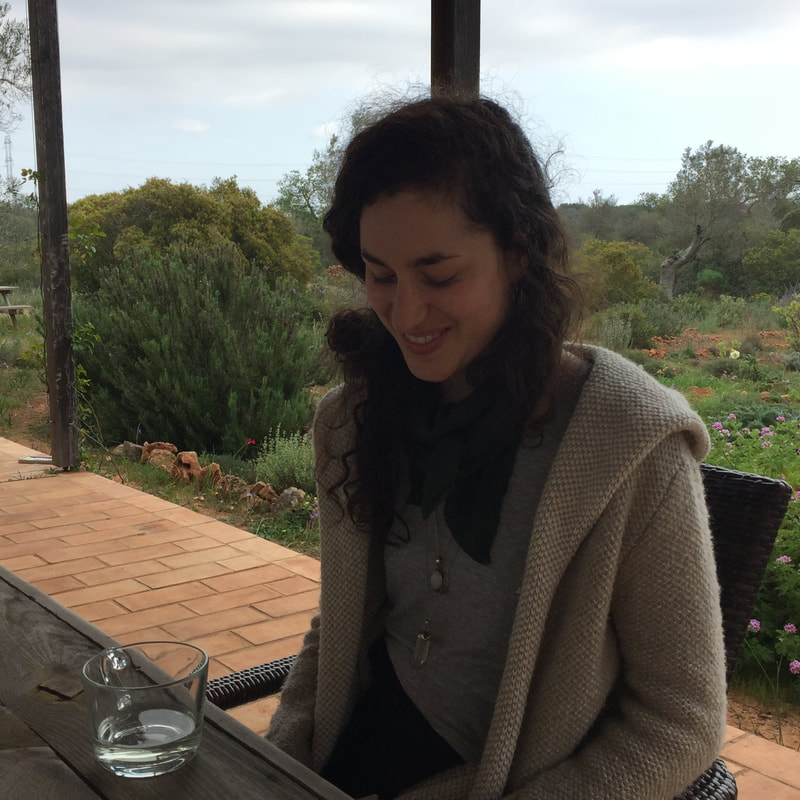

 RSS Feed
RSS Feed